Time: 2025-06-10 15:20:55 Source: Henan Province Jianyun Cable Co., Ltd.
Flammable or low-quality cables can accelerate fire spread, release toxic gases, and hamper evacuation efforts. Fire-safe cables with proper ratings help protect lives, property, and system integrity.
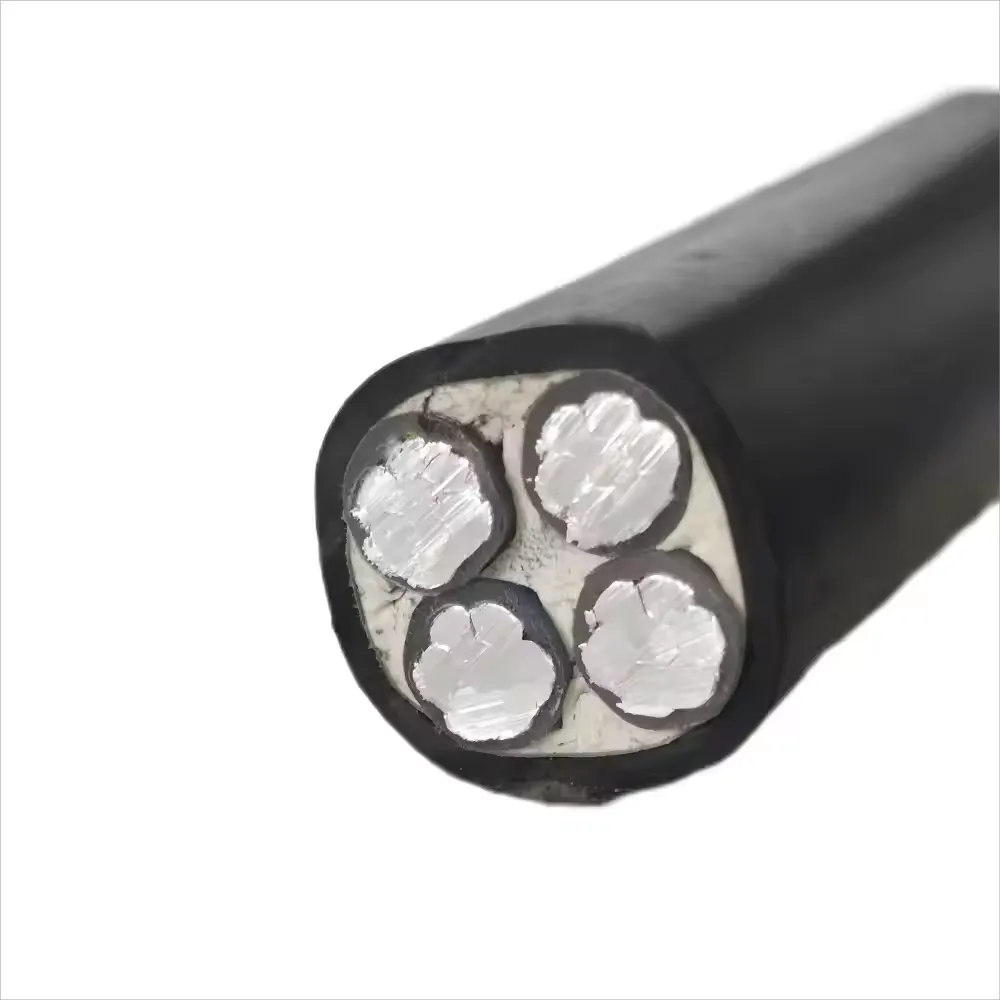
| Feature | What to Look For | Why It Matters |
|---|---|---|
| Flame-retardant per IEC 60332 | Cable marked “LSOH” or “FRNC” | Prevents ignition and slows fire spread |
| Low Smoke | Meets IEC 61034 | Improves visibility for evacuation |
| Zero Halogen | Meets IEC 60754 | Reduces toxic gas emissions during fire |
| Plenum-Rated | UL-plenum (CMP) or riser-rated (CMR) | Required for HVAC plenums to limit fire and smoke risks |
Adhering to cable fire safety standards—be it IEC, UL, NFPA, or local codes—is essential for minimizing fire risks and ensuring occupant safety. Always choose certified, low-smoke, zero-halogen or plenum-rated cables tailored to your specific application environment.
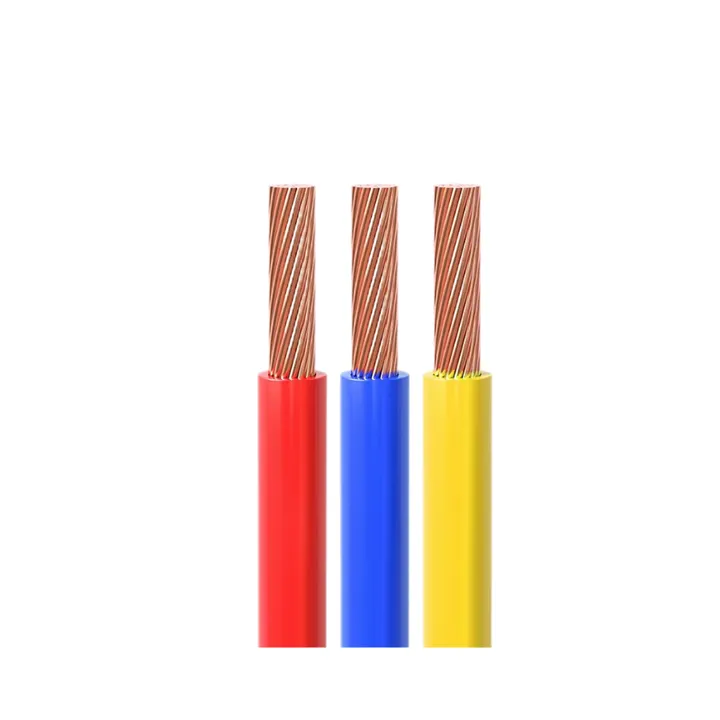
CE Certification 450/750v H07VVF Flexible Copper PVC Insulated Ac Cable 3*2.5 Mm
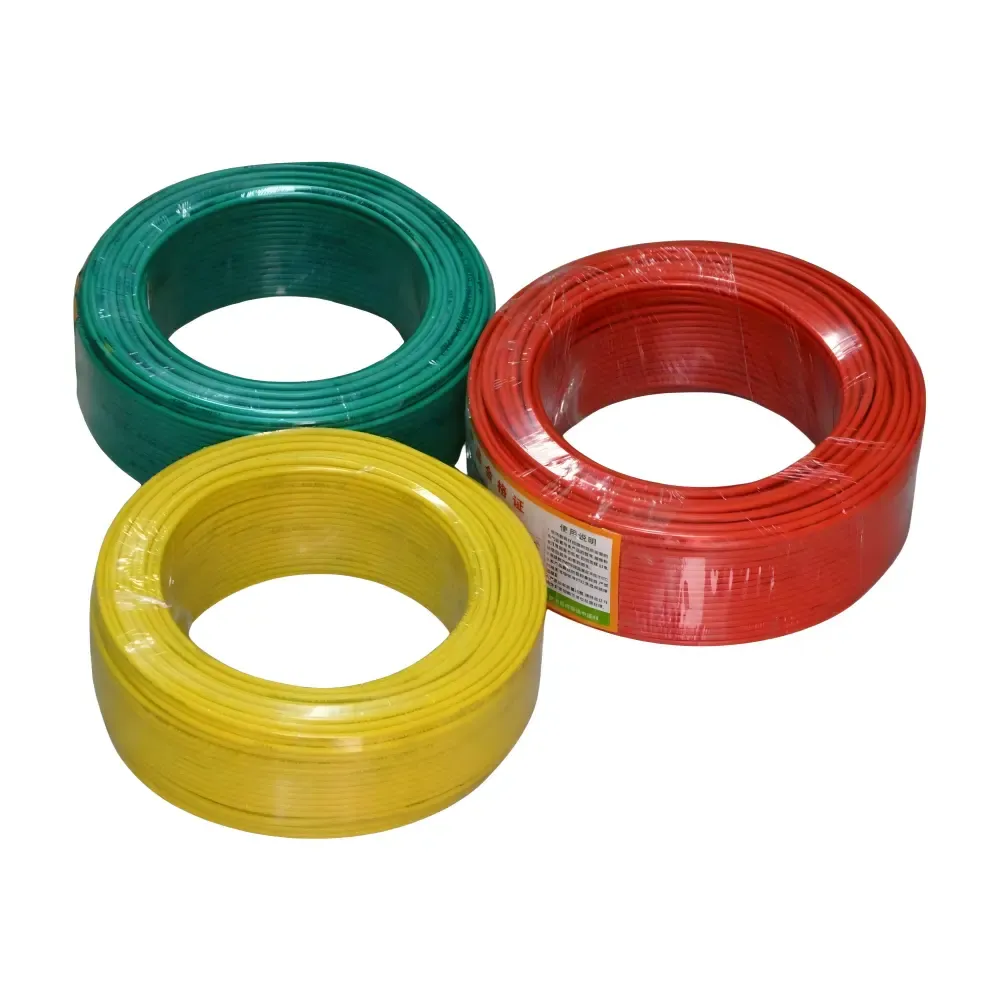
low voltage copper conductor PVC insulation underground BV BVR cable for industr
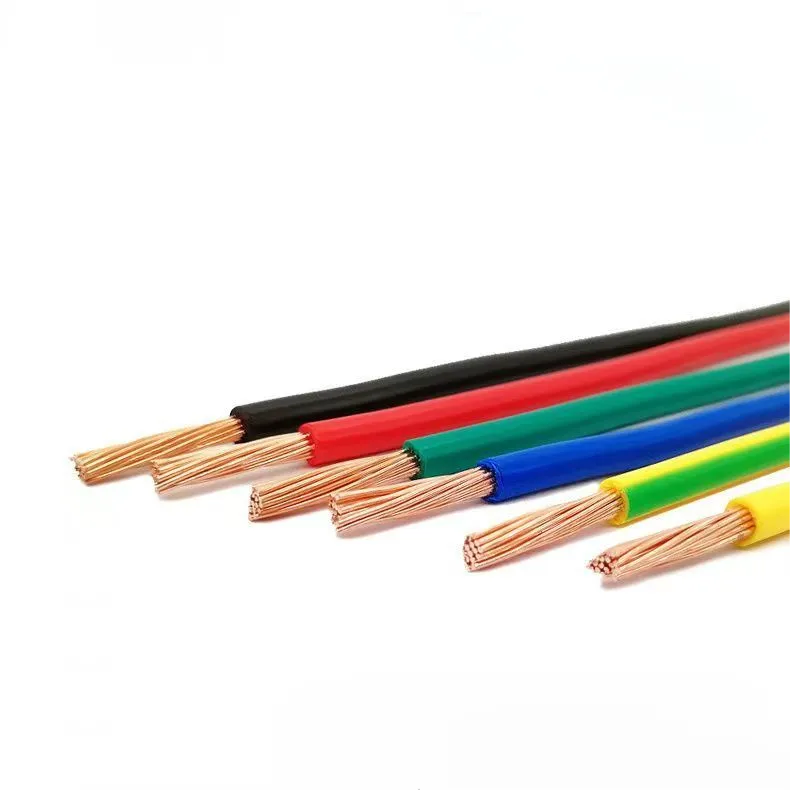
PVC electric wires are one of the most widely used electrical conductors in resi
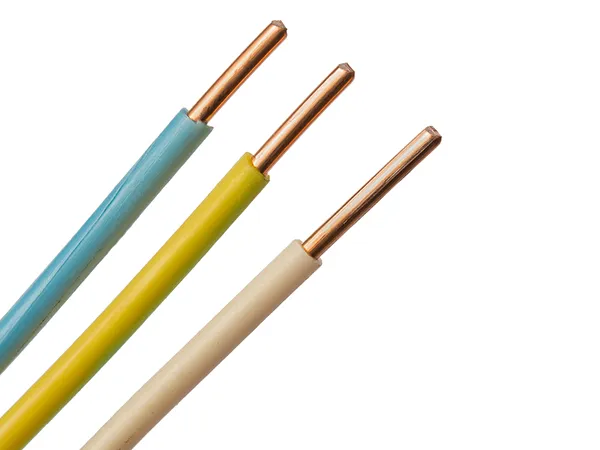
H07V-U wire is a flexible, low voltage electrical wire commonly used in industri